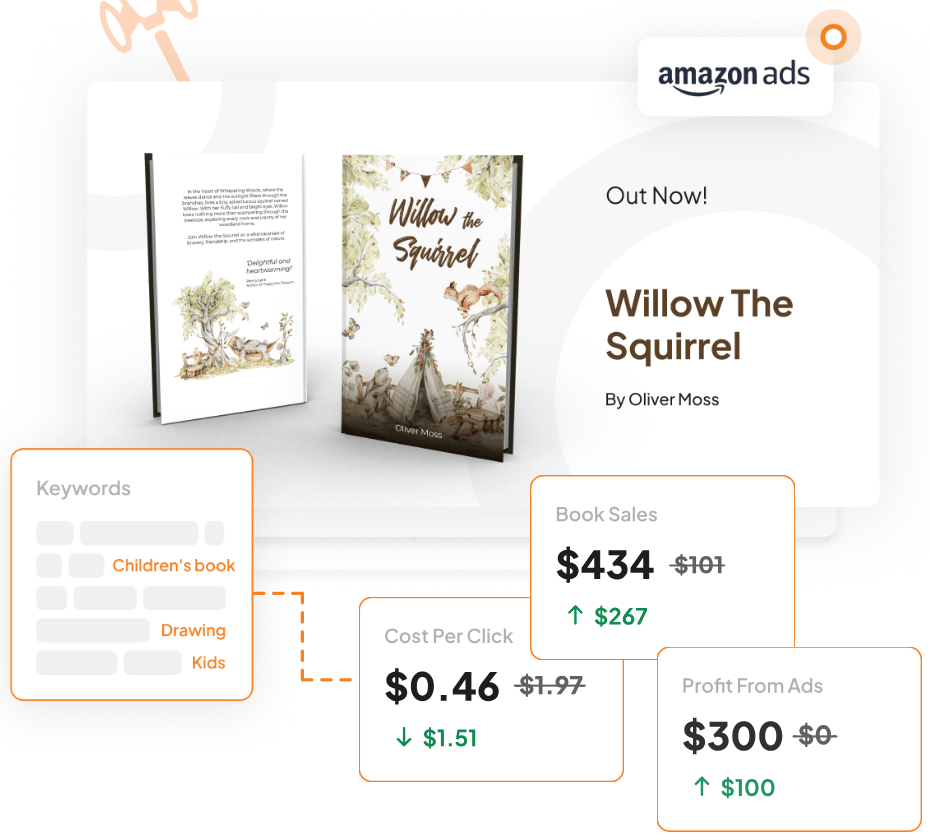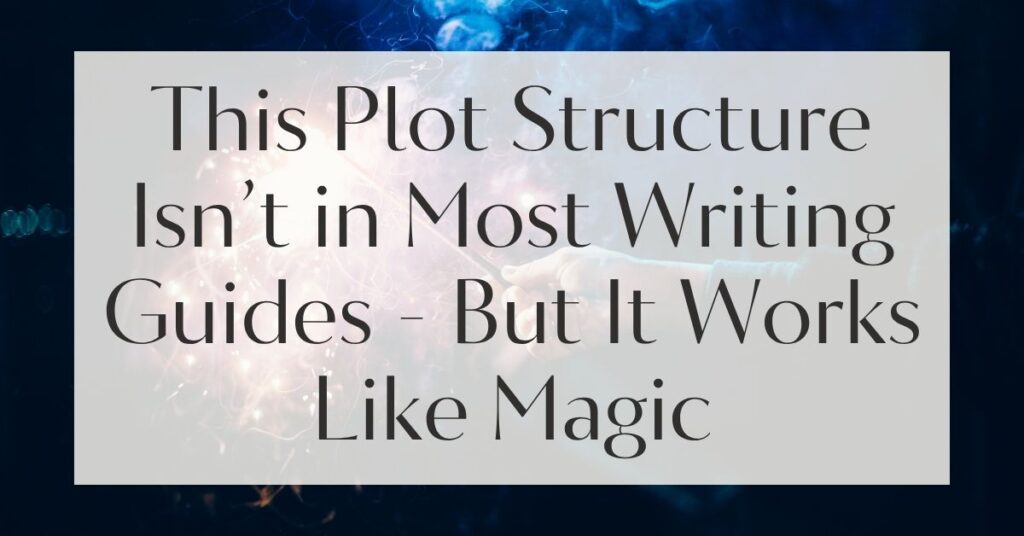Imagine a world where stories unfold not in the predictable rhythm of beginning, middle, and end, but in a tapestry of twists and turns that surprise and delight at every corner. What if the key to captivating your audience lies not in following the rules, but in breaking them?
Welcome to the realm of unconventional plot structures, where the magic of storytelling takes on new dimensions. This blog post will guide you through the intricacies of these innovative structures, offering insights into how they can transform your writing and captivate your readers.
Understanding Unconventional Plot Structures
Conventional plot structures have long been the bedrock of narrative construction in the vast storytelling landscape.
However, as writers strive to push the boundaries of creativity, they often turn to unconventional plot structures to breathe new life into their tales. These structures defy traditional norms, inviting readers on a journey that is as unpredictable as it is engaging.
No marketing platform? No social following? No problem!
Publisher Rocket helps you market your debut novel like a pro.
It’s a gamechanger for debut authors – try it today!


Defining Unconventional Plot Structure
An unconventional plot structure is a narrative framework that diverges from the linear progression typically seen in traditional storytelling.
It may involve non-linear timelines, multiple perspectives, or fragmented narratives that challenge readers to piece together the story themselves. This approach can add depth and intrigue, encouraging readers to participate actively in the unfolding drama.
Experiment with different narrative techniques, such as flashbacks or reverse chronology, to see which best enhances your story’s themes and characters.
The Importance of Creative Storytelling
Creative storytelling is the heartbeat of any compelling narrative. By embracing an unconventional plot structure, writers can explore new ways of weaving tales that resonate emotionally and intellectually.
This approach not only captivates readers but also allows for a deeper exploration of themes, character development, and emotional arcs.
Engage your readers by integrating metaphors and symbolism into your narrative, enhancing the thematic richness of your story.

The Anatomy of Effective Storytelling
Storytelling is an art form that has evolved over centuries, adapting to audiences’ changing tastes and expectations. Compelling storytelling relies on a few fundamental elements that remain constant, even within unconventional plot structures.
Key Narrative Techniques
Incorporating key narrative techniques is essential for crafting a story that captivates and resonates with readers.
Techniques such as foreshadowing, symbolism, and metaphor can add layers of meaning and intrigue, drawing readers deeper into the narrative. Additionally, literary devices like irony and allegory can enhance the thematic complexity of your story.
Consider the power of dialogue as a narrative tool. Through carefully crafted conversations, characters can reveal their innermost thoughts and emotions, adding depth to the story and building connections with the reader.
Building Emotional Connections through Narrative
One of the most potent aspects of storytelling is its ability to forge emotional connections between characters and readers. By employing an unconventional plot structure, writers can heighten these connections, creating profound empathy and understanding moments.
Whether through a character’s journey or the unfolding of a complex relationship, a story’s emotional core ultimately resonates with readers.
Use sensory details to immerse your readers in the world of your story, allowing them to experience the sights, sounds, and emotions alongside your characters.
Innovative Approaches to Plot Structure
The allure of unconventional plot structures lies in their ability to challenge the status quo, offering fresh perspectives and unexpected twists that keep readers on their toes.
By exploring innovative approaches to plot structure, writers can create narratives that are as engaging as they are thought-provoking.
Non-linear Narratives: Breaking the Chronological Mold
Non-linear narratives defy the traditional chronological order, weaving stories through a tapestry of time and space.
By jumping between past, present, and future, these narratives create a dynamic reading experience that encourages readers to piece together the plot’s puzzle. This approach can add depth and complexity, allowing for a more nuanced exploration of character and theme.
To master non-linear storytelling, consider using visual or audio cues to help readers keep track of the shifting timelines. These cues can serve as signposts, guiding readers through the narrative’s twists and turns.

Exploring Multiple Perspectives in Storytelling
By presenting a story through multiple perspectives, writers can offer a multifaceted view of the narrative world.
This technique allows for a richer exploration of character motivations and relationships, revealing the interconnectedness of seemingly disparate storylines. Multiple perspectives can also add tension and intrigue, as readers are privy to information that characters may not be aware of.
Consider using distinct narrative voices for each perspective, ensuring that each character’s viewpoint is authentic and engaging. This approach can enhance the overall richness of the narrative, drawing readers into the characters’ diverse experiences.
The Role of Unreliable Narrators
An unreliable narrator adds a layer of complexity and suspense to a story, challenging readers to question the truth of the narrative.
By presenting a skewed or biased perspective, the unreliable narrator invites readers to engage in a detective-like experience, piecing together the reality of the story from the fragments provided.
This technique can be particularly effective in creating tension and intrigue, as readers must navigate the murky waters of truth and deception. An unreliable narrator can transform a simple story into a complex web of mystery and revelation when done well.
Techniques to Engage Your Readers
Engaging readers is the ultimate goal of any storyteller, and employing an unconventional plot structure can be a powerful tool in achieving this aim. By using techniques that create suspense, curiosity, and emotional resonance, writers can draw readers into the heart of their narratives.
Google Docs is for notes. Scrivener is for novels. Upgrade your writing game and try it for free today!

Creating Suspense and Curiosity
Suspense and curiosity are the driving forces that keep readers turning the pages.
By strategically withholding information or introducing unexpected twists, writers can maintain a sense of anticipation and intrigue throughout the narrative. This approach not only engages readers but also encourages them to invest emotionally in the outcome of the story.
Consider using cliffhangers or unanswered questions to heighten suspense, leaving readers eager to discover what happens next. This technique can be particularly effective in maintaining momentum and engagement throughout the narrative.
Using Vignettes and Fragmented Narratives
Vignettes and fragmented narratives offer a unique approach to storytelling, allowing writers to explore moments in time with vivid detail and emotional resonance.
By presenting scenes as snapshots or impressions, writers can create a rich tapestry of experiences that invite readers to connect the dots and construct the larger narrative.
This technique can be particularly effective in exploring themes of memory, identity, and perception, offering readers a glimpse into the characters’ inner worlds.
By embracing the fragmented nature of the narrative, writers can create a dynamic and immersive reading experience that challenges traditional storytelling conventions.

Real-World Examples of Unconventional Structures
The world of literature and film is replete with examples of works that have successfully employed unconventional plot structures to great effect.
By examining these examples, writers can gain insight into the potential of these innovative techniques and find inspiration for their own storytelling endeavors.
Literary and Cinematic Inspirations
Many renowned works of literature and film have embraced unconventional plot structures to create compelling and thought-provoking narratives. For example, “Pulp Fiction” by Quentin Tarantino utilizes a non-linear narrative to weave together interconnected stories, creating a rich tapestry of events that keeps audiences engaged.
Similarly, Mark Z. Danielewski’s “House of Leaves” employs a fragmented narrative to explore themes of reality and perception, challenging readers to piece together the complex web of the story.
These works demonstrate the power of unconventional plot structures to captivate audiences and provoke more profound reflection on the themes and characters within the narrative.
Case Studies of Successful Unconventional Narratives
Case studies of successful unconventional narratives offer valuable insights into the techniques and strategies that contribute to their success.
For instance, David Mitchell’s “Cloud Atlas” employs a nested narrative structure, weaving together six interconnected stories across different periods and locations. This intricate structure underscores the interconnectedness of human experiences and themes of reincarnation and continuity.
By analyzing these case studies, writers can gain a deeper understanding of how unconventional plot structures can be effectively employed to create engaging and meaningful narratives.
Feeling lost with your debut novel?
Fiverr Pro connects you with expert editors, designers, and marketers – everything you need to get your book ready for success!

Bringing It All Together: Writing Your Own Magic
As you embark on your own storytelling journey, consider the potential of unconventional plot structures to elevate your narrative and captivate your audience.
By embracing innovation and experimentation, you can create stories that resonate on a deeper level and leave a lasting impression on your readers.
Practical Tips for Implementation
When incorporating unconventional plot structures into your writing, consider the following practical tips:
- Start with a clear vision of your story’s themes and characters, allowing the structure to enhance and support these elements.
- Experiment with different narrative techniques, such as non-linear timelines or multiple perspectives, to find the approach that best suits your story.
- Use visual or auditory cues to guide readers through the narrative, helping them navigate the complexities of the plot.
Seek feedback from beta readers or writing groups to gain insights into how your unconventional structure is received and where improvements can be made.
Encouragement for Aspiring Writers
Embracing unconventional plot structures can be a daunting endeavor, but it is also an opportunity to explore the full potential of your creativity.
Remember that the journey of writing is one of discovery, and by stepping outside the confines of traditional narrative forms, you open yourself to a world of innovation and possibility.
As you experiment with these techniques, trust your unique voice and vision, and don’t be afraid to take risks. The most memorable stories break the mold and offer something new and unexpected to the world. So go forth and write your magic, knowing that the power of storytelling lies within your hands.








